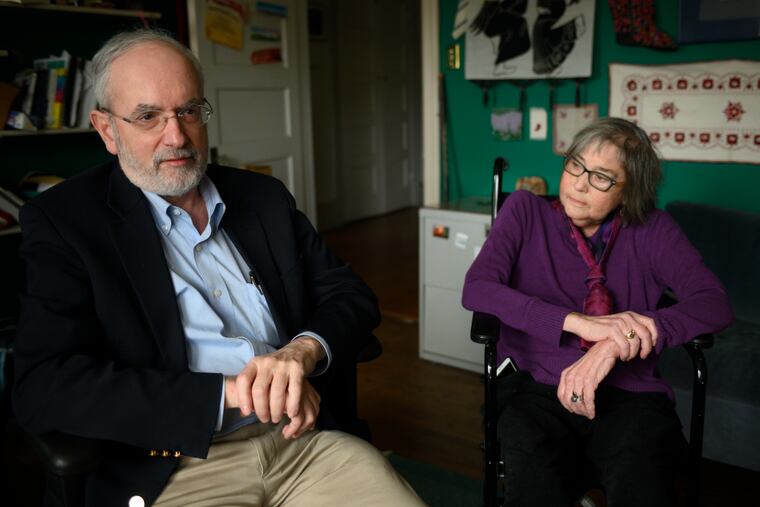Radiation and other cancer treatments keep evolving. So do the late side effects.
The warning signs regarding the side effects of our new cancer drugs are already evident. We have a unique chance to do better this time, without being forced to.

In 1965, I was in fifth grade and wanted to hit a baseball like Carl Yastrzemski.
In 1965, Gene Bishop, the woman who in a few decades would become my patient, was a freshman at the college I would eventually attend and was treated for Hodgkin disease.
Hodgkin disease back then was a death sentence. Bishop’s doctor recommended what was then a novel treatment for her disease: radiation. She went on to live a very full life, including a career as a physician.
We met in 2017, when I became her medical oncologist, treating her for stage 4 lung cancer caused by her Hodgkin disease treatment. (A medical oncologist treats cancer patients with therapies including chemo, hormonal, biological, and targeted; surgery and radiation therapy are separate oncology specialties.) She is not the only patient in my practice with a second (or third or fourth) cancer caused by radiation administered decades ago. These cancers can be quite aggressive and are often fatal.
» READ MORE: Radiation cured my cancer 55 years ago. Now it’s ending my life.
Shakespeare wrote in Hamlet: “Diseases desperate grown, By desperate appliance are relieved, Or not at all.” For half a century, medical oncologists have grudgingly accepted this grim framework, especially in patients who require aggressive chemotherapy, with its acute side effects. But we are in a different era now, an era of targeted “rational therapeutics,” including immunotherapy.
Medical students and residents swarm to our subspecialty because of the legitimate excitement surrounding new cancer therapies. We hope short- and long-term side effects from treatment will be fewer in the future. But will they? Based on what evidence? Rational therapeutics are barely beyond adolescence.
The number of cases of autoimmune diseases caused by targeting the PD-1/PD-L1 axis of immune checkpoint proteins in cancer patients may already be in the tens of thousands in the United States alone. And it is in the early days — it has been less than five years since the Food and Drug Administration approved Keytruda for advanced non-small cell lung cancer. Some institutions, including my own, have begun to address this obvious challenge by organizing clinics and teams of specialists to manage treatment-emergent autoimmune side effects. But most patients are not treated in academic centers. And even in academic centers, the organization of these “immunotoxicity units” is nascent, and in nearly all centers, incomplete.
How can we best detect the next set of late effects from cancer treatment? We probably already have many of the data sources and tools we will need. Artificial intelligence and machine-learning algorithms can do a lot of the work for us. And we are smarter than we were in 1965. We have already identified many of the short-term side effects of immunotherapy. We have a working map of how our cancer medicines might lead to autoimmune disease now and in the future.
There remain formidable logistical issues, however, including who will pay for this effort. Ideally, the money would come from immunotherapy drug profits that now are going to pharma, hospitals, and physician practices. We have a choice: We can tax ourselves, or the government will tax our patients.
We will also need to consider, with some care, what it means to follow patients for decades when the initial treating doctors will have retired or died by the time any late side effects appear. And who will analyze the information gathered? How will the collected information be summarized and communicated to the average primary-care physician who is already overwhelmed?
PD-1/PD-L1 antibodies are wonderful drugs to have. It is a privilege to be a medical oncologist in 2020 and prescribe rational cancer therapeutics to patients, just as it must have been in 1965 for Gene Bishop’s hematologist to recommend radiation. But the warning signs regarding the side effects of our new drugs are already evident. We have a unique chance to do better this time, without being forced to.
And this time, we won’t be able to say decades from now: “We had no idea.”
Roger Cohen is the associate director of clinical research at the Abramson Cancer Center at Penn Medicine. He can be contacted at rogcohen1@gmail.com.